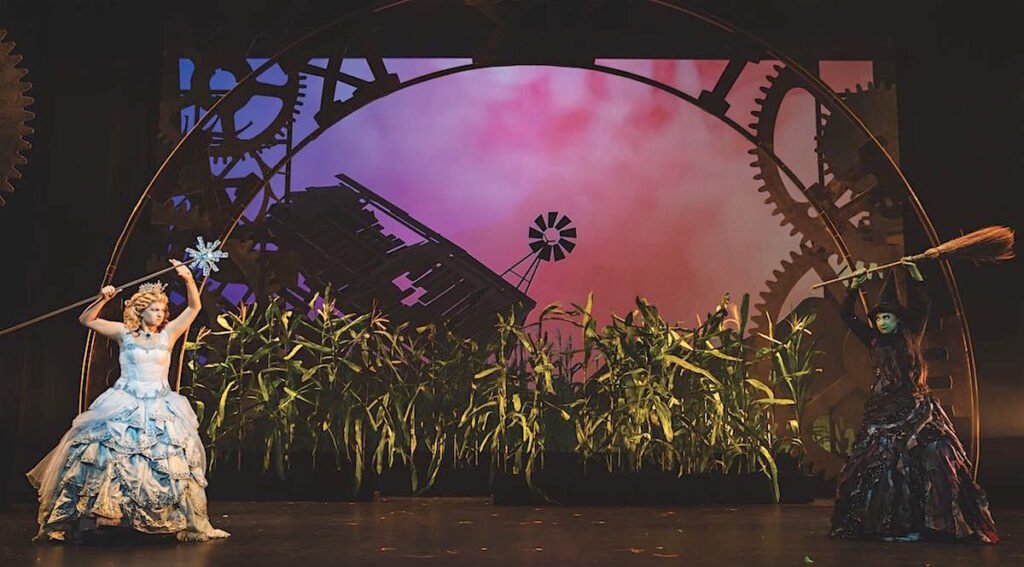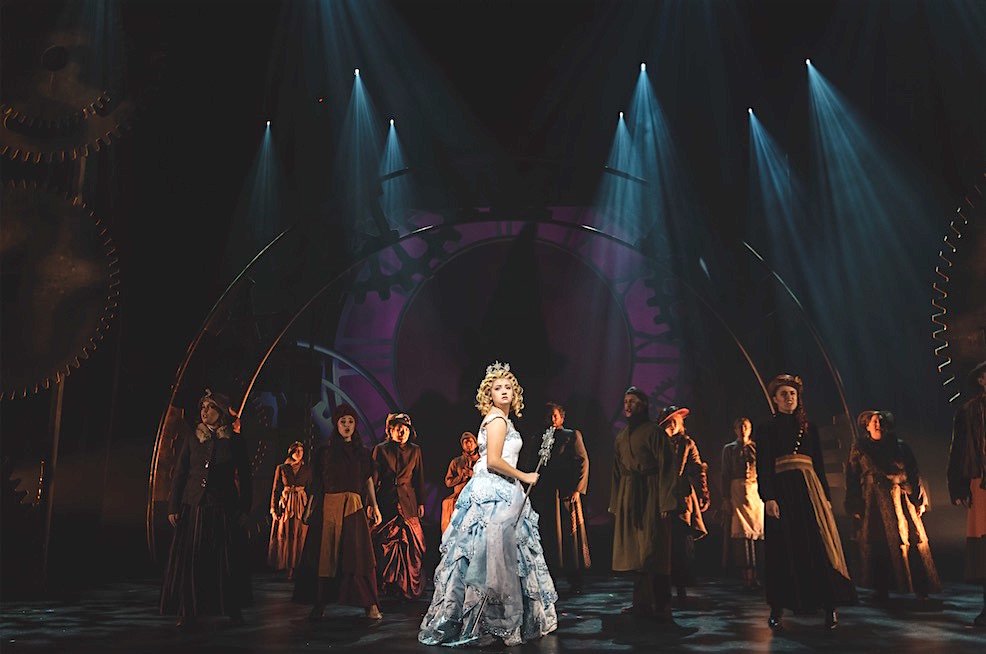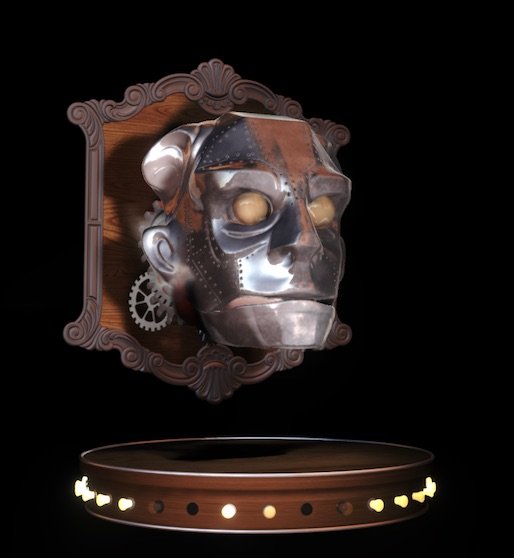News
19 Aug 2019
A Wicked Production

Subscribe to CX E-News
VIDEO
A Wicked Production
by Cat Strom.
As more and more video and projection technology is used in theatre, the role of the set designer is changing. While the technologies become cheaper and more readily available, shows have embraced the latest digital technology, to the point where video is now just one part of a broader design process.
Media server technology allowing integration with other staging elements such as lighting has enabled a whole new world of effects. The lighting and projection has seamlessly converged.
It can be argued that using video technology for settings is the 21st-century equivalent of the painted backdrop. However, no matter how much technical wizardry a show may have, the final outcome still depends on the production and the vision of the creative team.
When the Broadway smash hit musical Wicked opened last month at the Gold Coast’s HOTA, critics raved about the use of digital design, saying it was fantastic.
The ambitious production design was the work of Maria-Rose Payne who worked closely with Brisbane’s content and video specialists IKONIX to produce the shows design elements including scenic design, construction, and special effects.
“When IKONIX were approached by Wicked’s producer Matt Ward, we knew something exciting was on the cards,” commented Richard Saunders, Director of IKONIX. “IKONIX specialise in custom, bespoke productions and when Matt said he wanted to incorporate projection mapping and holograms into a local production of Wicked we were sold!”
A 10m x 5m Holo-Gauze screen was utilised throughout the show to add an extra dimension to the stage and to bring the Wizard to life in a way never seen before. Holo-Gauze is theatrical gauze combined with a highly reflective metallic coating.
That means it will solidly reflect projected images, but it also means anything behind Holo-Gauze, when carefully lit, can also be seen.
IKONIX also utilised several other projection methods including a large upstage rear projection screen, floor and scenery mapping, plus a large flown cyclorama during intermission.
The entire design was built and managed using Notch, which not only allowed IKONIX to build and visualise the environment in real time, but also make changes onsite before rendering them out as video files for cue playbacks in their Avolites AI Media servers.
The ability to do this not only saved them a lot of time but allowed the director to see his changes come to life as he thought of something different; an invaluable asset to have. “We knew that the Wizard had the potential to create a real visual impact so the pressure was on to get him just right,” added Richard.
“IKONIX used motion tracking technology on the real wizard, which meant our hologram wizard would not only have the same mannerisms and mouth movements as our actor, but he would be more realistic.”
Although some say that technology replaces the power of the imagination in theatre, it would be crazy for theatre not to embrace new technology especially, as in this case, the results can be incredible.
CX Magazine – August 2019 Entertainment technology news and issues for Australia and New Zealand – in print and free online www.cxnetwork.com.au
© CX Media
Subscribe
Published monthly since 1991, our famous AV industry magazine is free for download or pay for print. Subscribers also receive CX News, our free weekly email with the latest industry news and jobs.
















